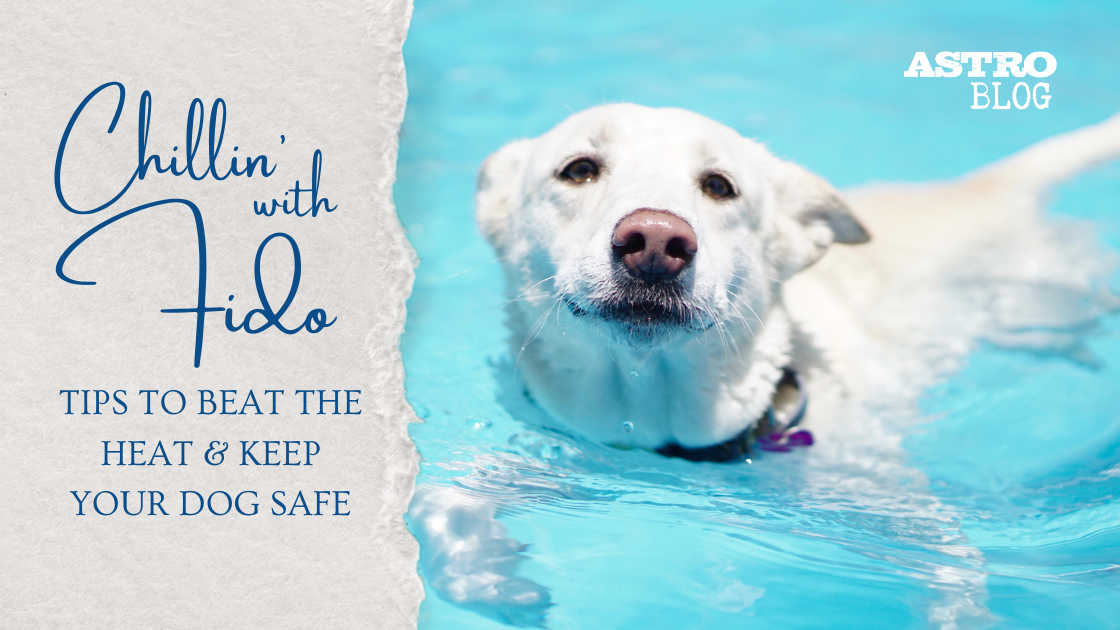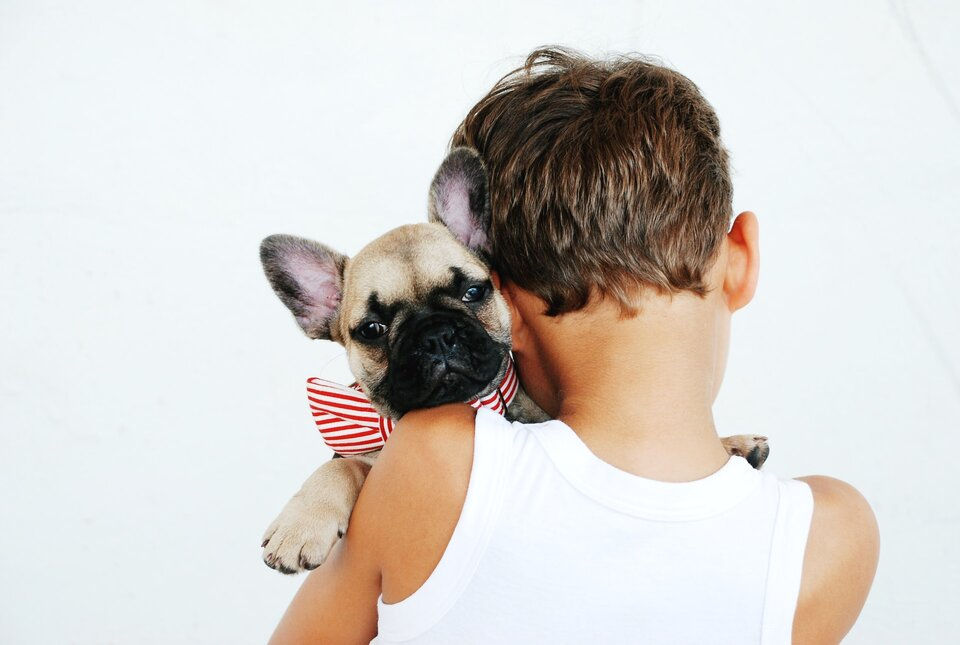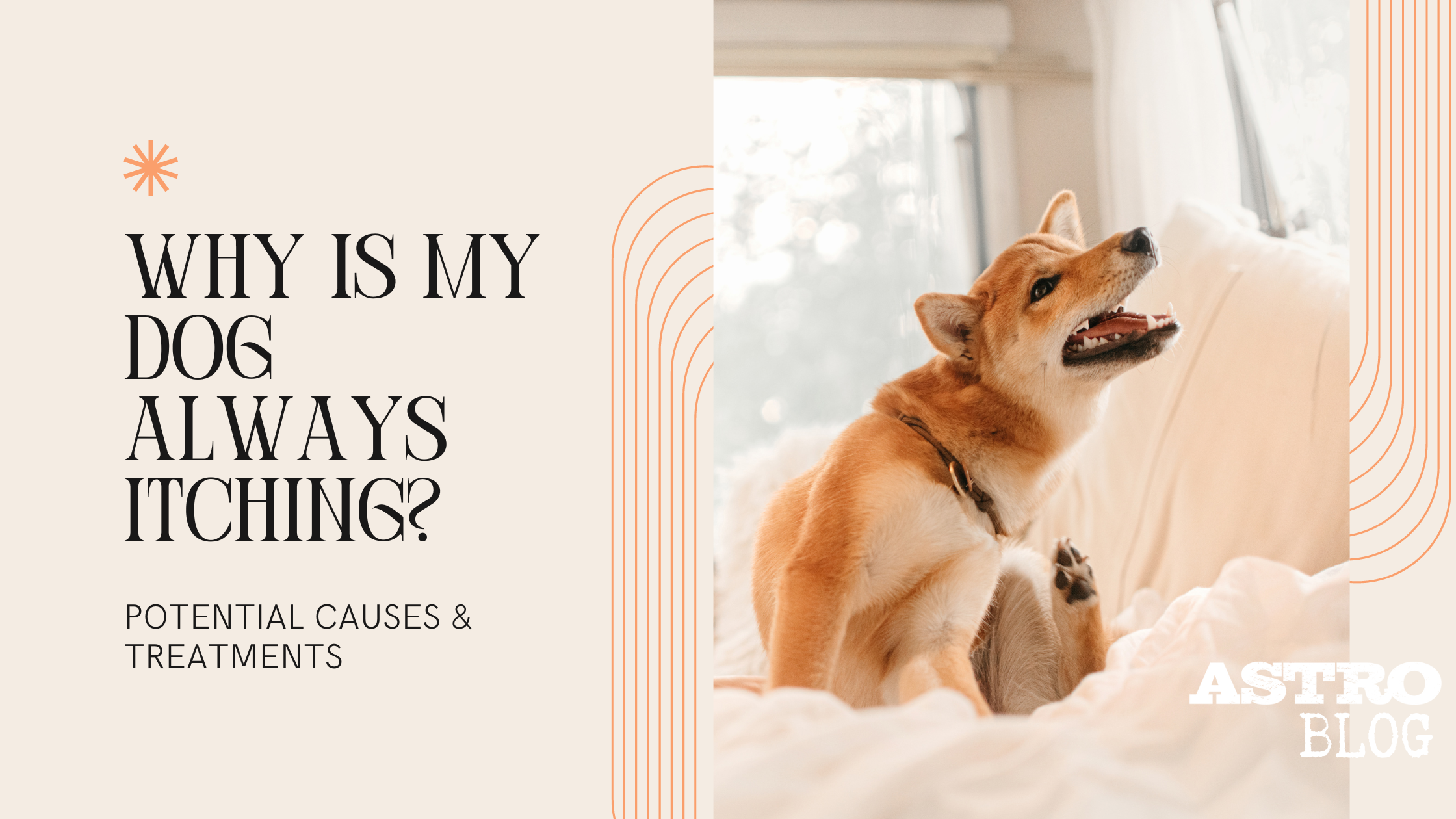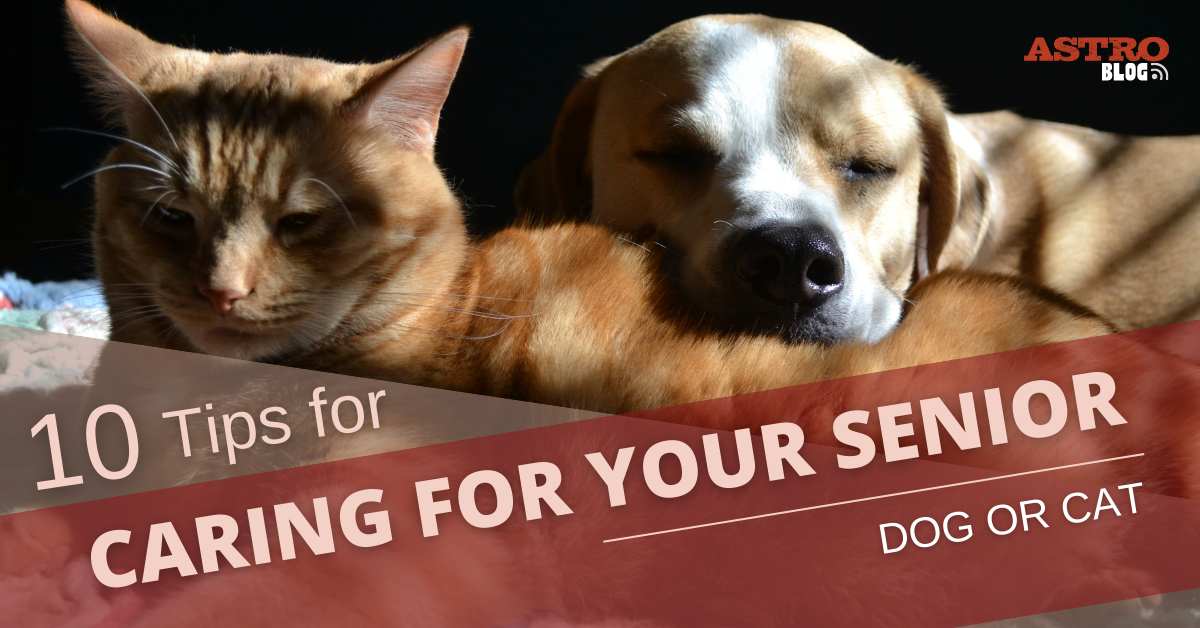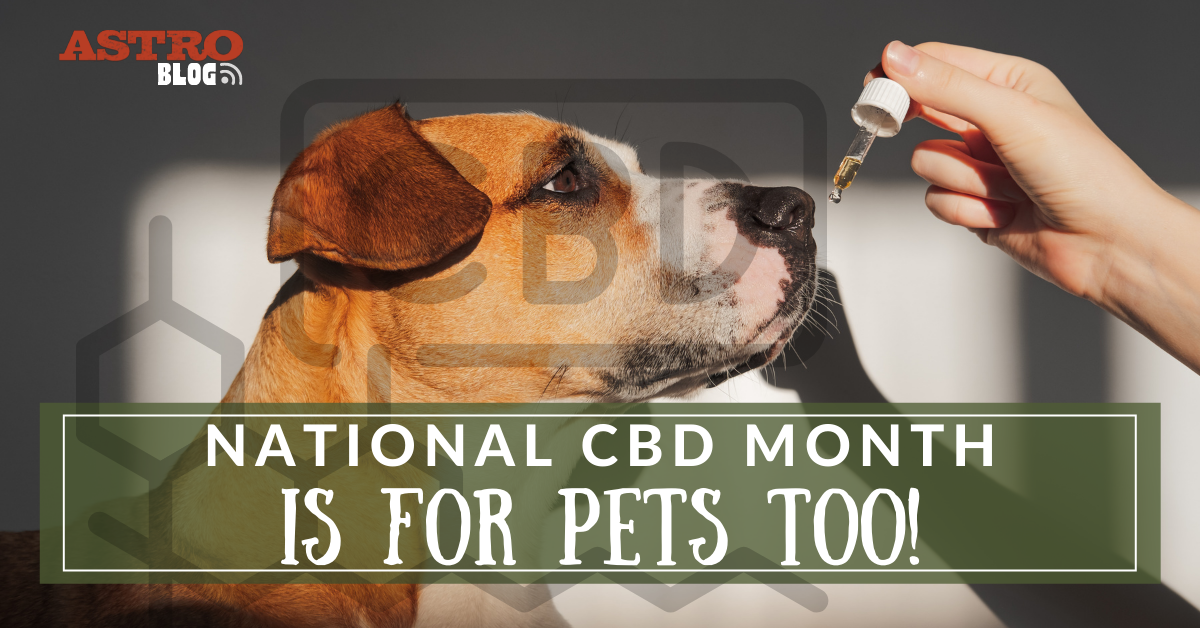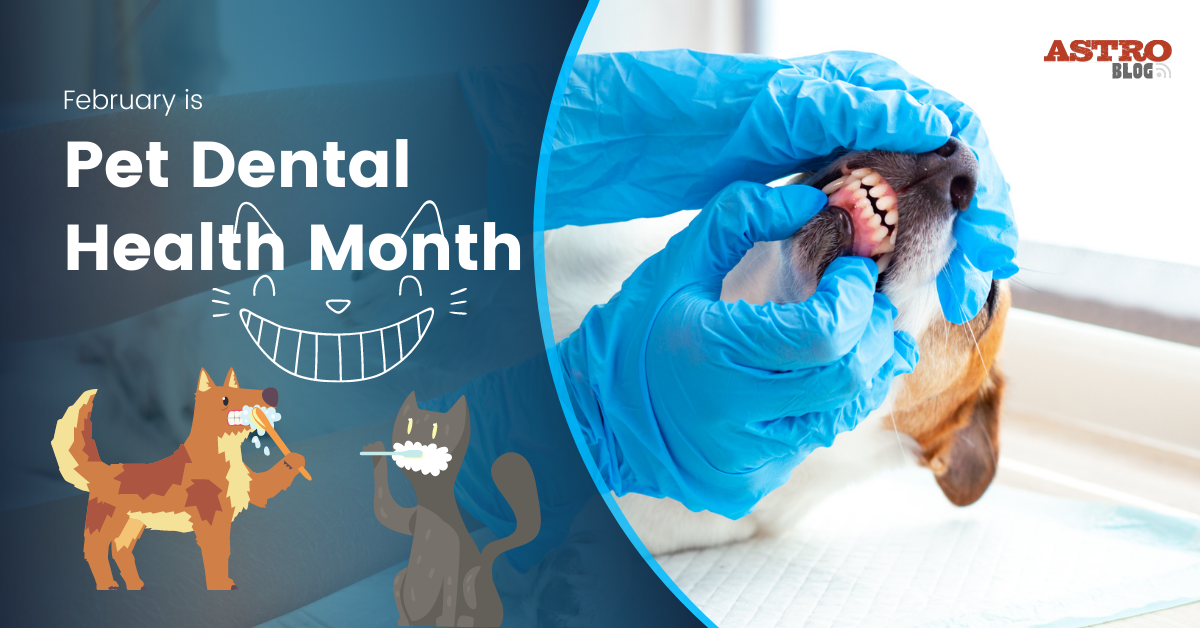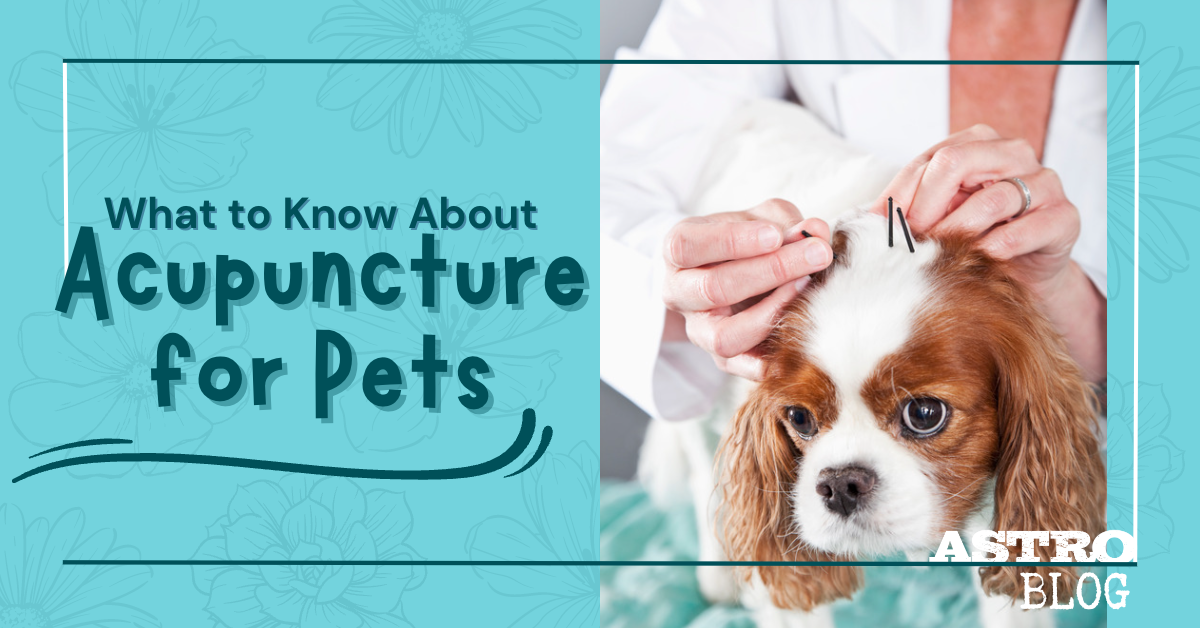The summer season brings an abundance of outdoor enjoyment, yet it also presents a potential risk due to the scorching heat. As temperatures soar, the dangers of overheating become a pressing concern for our beloved canine companions. In moments like these, it’s essential to recognize the signs of overheating in dogs and implement precautionary measures to keep them safe throughout the summer, as well as in the years to come.
Read on to discover valuable insights on identifying the warning signs of overheating in your dog and effective strategies to prevent them from succumbing to the heat, not just this summer, but every summer.
The Dangers of Dog Overheating
Although all pets are susceptible to the elements, pet owners should take extra care with their dogs. Dogs cool themselves by panting. In extreme heat, during physical exertion, when dehydrated, or when there’s not enough ventilation, panting fails to cool. These conditions can cause a dog to overheat within minutes, leading to heat exhaustion, heatstroke, kidney failure, brain damage, and death.
Brachycephalic dogs, which are flat-faced breeds like Boston Terriers, Pekingese, Shih Tzu, Bulldogs, and Boxers, are especially vulnerable to high temperatures. Their shorter muzzles mean they have limited airflow. They can’t exchange hot air for cooler air as well as other breeds. However, knowing the signs can keep every furry friend safe during the days of summer.
Signs Your Dog is Overheating
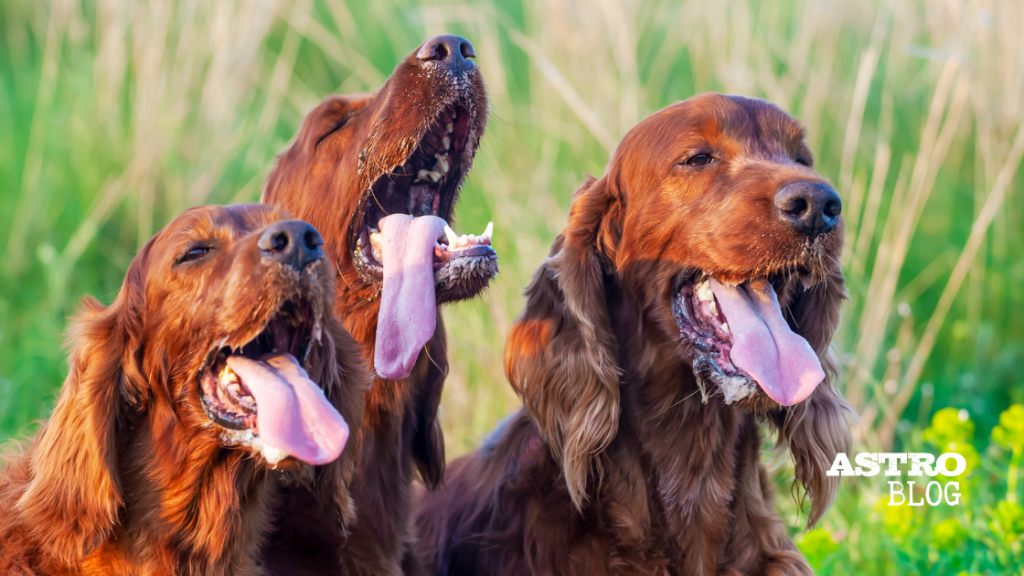
Heavy panting
Dogs don’t sweat. Panting is how dogs keep cool. When dogs engage in exercise or become excited, their body temperature naturally increases. However, excessive panting (faster than usual) can be cause for concern.
Disorientation
Dogs can suffer heat exhaustion just like humans. They can become disoriented, lose their balance, and have general mobility problems. If your dog is extremely unsteady after being outside in the heat, follow the tips in the next section of this article or take your loved one to an animal hospital.
Wide-open mouth
Heat stroke is deadly. One of the most common indicators in dogs is when their tongue appears enlarged and/or their gums are red. In horrible situations like these, you can easily see the dog’s tongue and gums since they will have their mouths open wide enough for all their teeth to be visible. Seek help immediately.
Possible symptoms
Several signs of overheating in dogs can be similar to those of other conditions. An overheated dog may exhibit some or none of the following symptoms:
- Blood in stool
- Lethargy
- Muscle tremors
- Not urinating
- Seizures
- Sunken eyes
- Unconsciousness
- Uncontrollable drooling
- Vomiting blood
Tips to Prevent Your Dog from Overheating
Never leave your dog in a car
Leaving a dog, or any animal, alone in a hot vehicle without proper airflow is one of the leading causes of dog overheating. Leaving your dog in a car, even if the windows are open, can prove harmful. Even an air-conditioned vehicle can become a hot box in hot climates.
Many states in the USA have Good Samaritan laws that allow people to act when they see a pet in danger. Currently, 31 states have laws against leaving pets in motor vehicles. Across these states, the laws regarding pets in vehicles vary. Generally, though, they give authority to emergency personnel to use reasonable force to rescue an animal that is left unattended in a parked car.
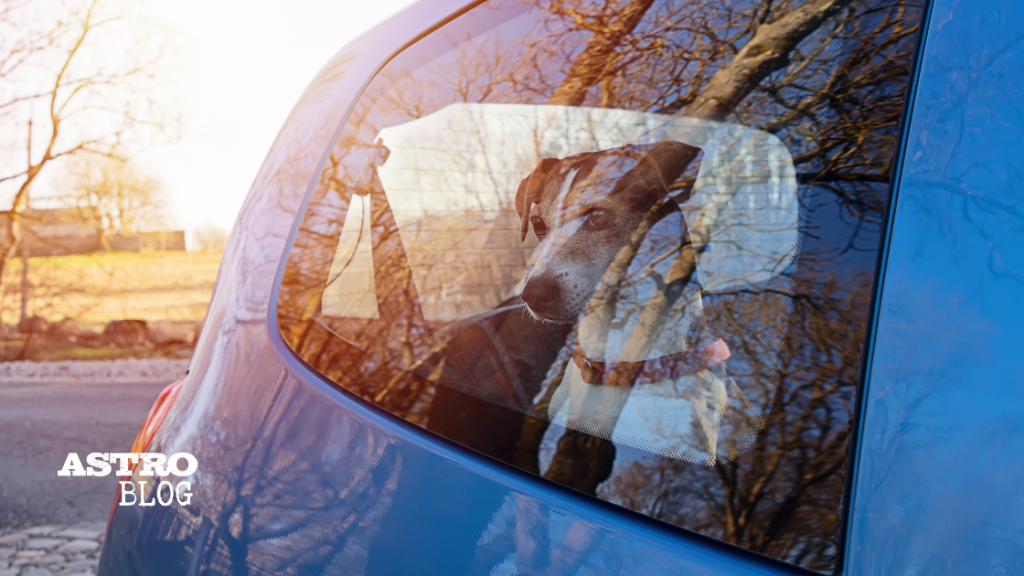
Before taking your dog along for the ride, check and make sure the store you are visiting is pet-friendly. Your local independent pet shop is bound to be pet-friendly – and your dog will love the opportunity to pick out a special treat!
Limit exposure
Your dog probably won’t overheat if it’s not outside. Avoid being outdoors during the hottest part of the day. Opt for walking or exercising your dog in the morning or after sunset when the temperatures are generally cooler. Adjust the intensity and duration of the exercise according to the temperature.
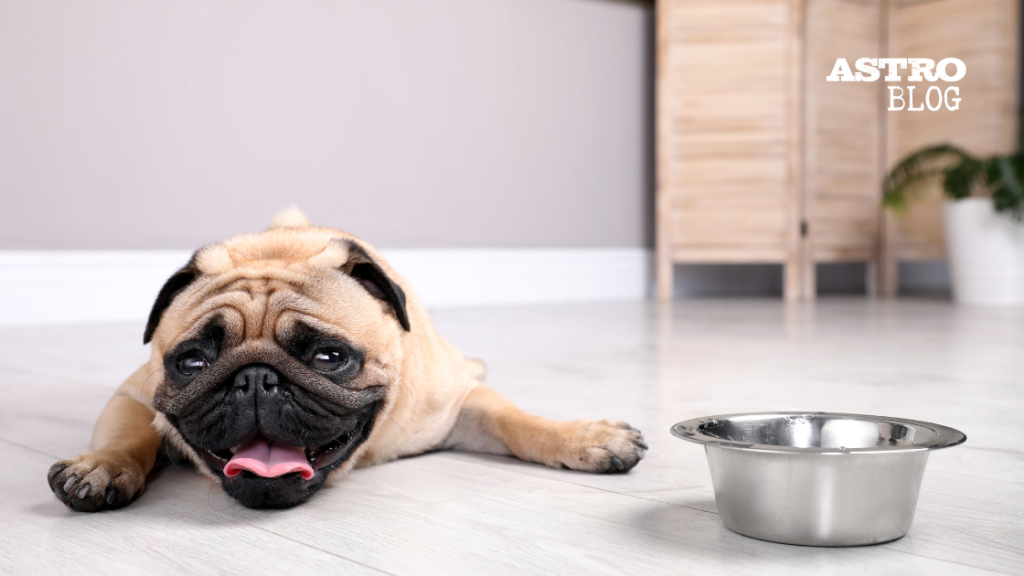
Provide shade and water
If you must be outside during the day, give your dog adequate protection from the sun and fresh water to drink. Cool water helps lower body temperature. Tree shade is a better option than a doghouse because it allows better airflow. Give your dog a bowl of water under a tree. If you are out walking together, bring water for your pup and offer it to them frequently. You can find all kinds of innovative pet water bottles at your neighborhood pet supply shop!
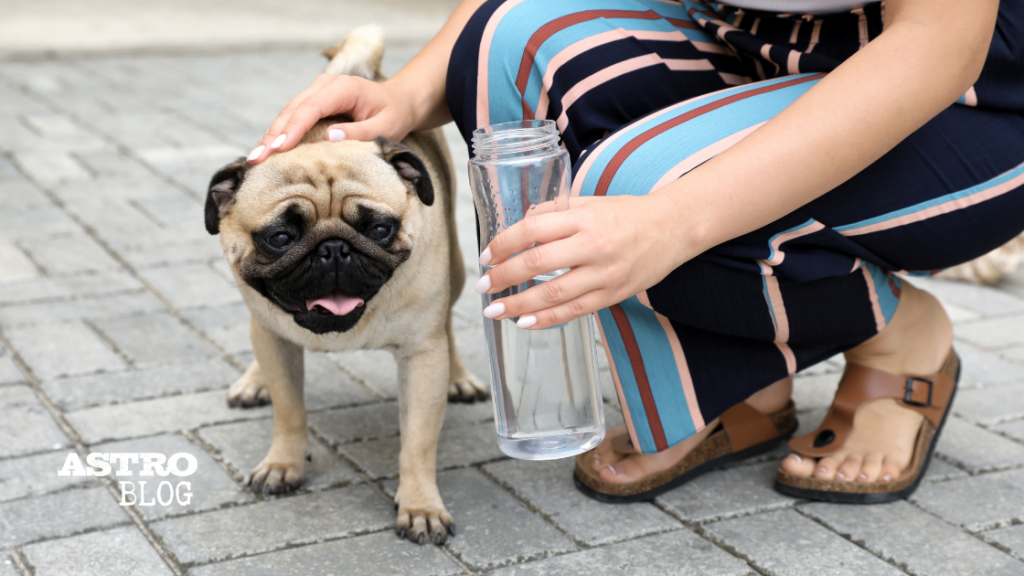
Avoid hot pavement/asphalt
In certain circumstances, the floor is lava to a dog. Their paw pads are sensitive to scalding hot asphalt or concrete. Due to their proximity to the ground, a dog’s body can heat up rapidly, potentially leading to paw pad injuries. Limit walks during these periods and opt for walking on grassy surfaces instead. If grassy services are hard to find in your neighborhood, check in with your local pet supply shop and peruse their shoe options for dogs.

Use dog-centric methods
What cools humans off sometimes won’t help pets. For example, fans might keep you comfortable, but won’t do anything to reduce a dog’s body heat. Focus on dog-specific methods like a cooling body wrap, vest, or mat. You can also let your fur baby soak in a cool bath.
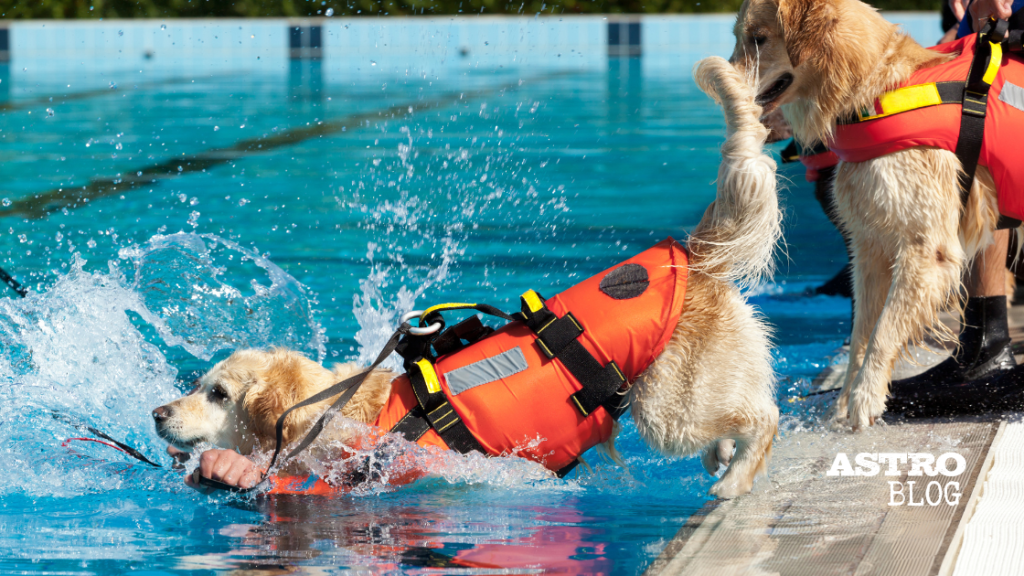
Keep Your Dog Cool & Safe This Summer
Dogs don’t know their limitations. They want to have fun regardless of the consequences. Some dogs will not stop chasing their ball or zooming around the yard no matter how hot they are. Keeping your furry buddies from overheating this summer is your responsibility. Now that you know the signs of overheating and how to keep them healthy and comfy, you can enjoy many summers with them.
Check out our other helpful articles in Astro Loyalty’s Neighborhood for more tips to protect all of your pets.


